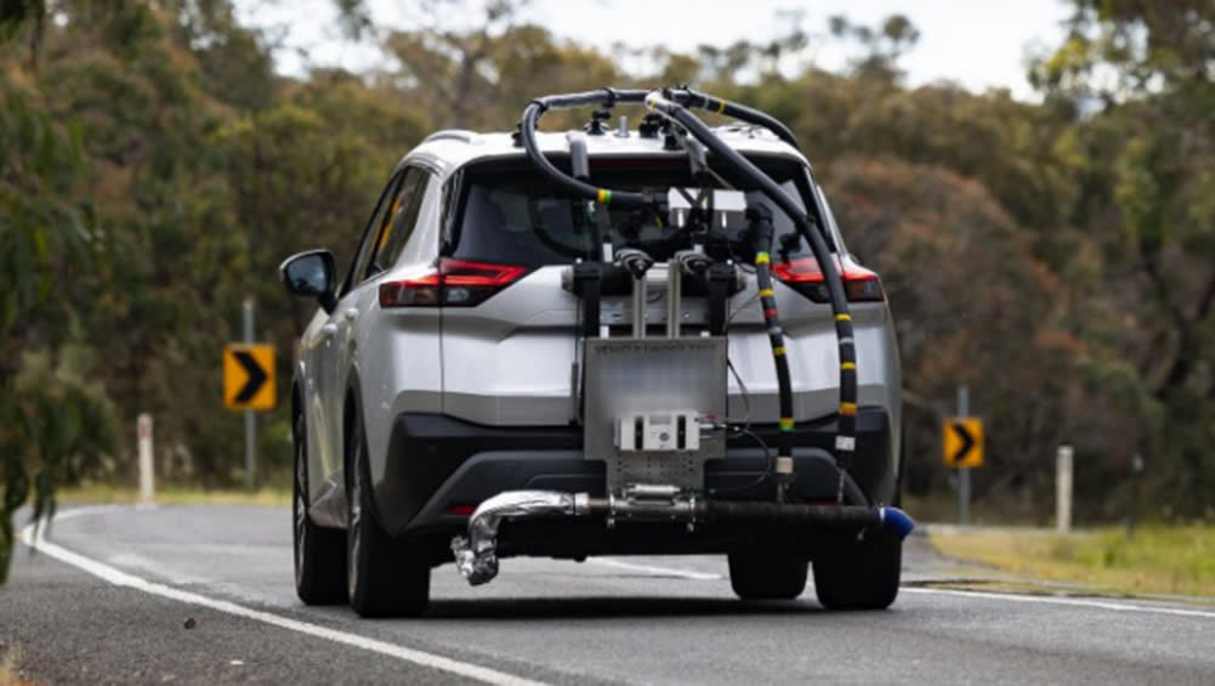Australia’s peak motoring body has detailed its latest batch of data from real-world fuel use testing.
The Australian Automobile Association (AAA) has tested another 30 vehicles that are currently on sale locally and found that 25 of them consume more than advertised. This is over 80 per cent of cars tested.
In fact, 11 out of the 30 cars tested in this round consumed 10 per cent or more over their claimed fuel efficiency figure.
The worst offenders were the Hyundai Kona Hybrid which consumed 33 per cent more fuel during the real-world testing, as well as the Kia Stonic (26 per cent more), Hyundai i30 Hybrid (17 per cent more), Toyota Fortuner (16 per cent more) and Kia Sportage Hybrid (14 per cent more).
Vehicles that consumed less fuel during the testing than their advertised figures included the Ford Transit Custom (9.0 per cent less), Lexus NX350h (7.0 per cent less), Mercedes-Benz GLB250 (3.0 per cent less), Mercedes-Benz GLA (2.0 per cent less) and Mercedes-Benz GLB200 (1.0 per cent less).
Beyond fuel use, the AAA also found six of the 30 cars produced more noxious emissions than current Australian regulatory limits. These vehicles included the BMW X1, Ford Ranger, Suzuki Vitara, Toyota Fortuner, Toyota HiAce LWB (Long Wheelbase) and Toyota HiAce SLWB (Super Long Wheelbase).
Since the AAA began testing the real-world fuel and emissions of cars, vans and utes on sale in Australia in August 2023, the industry body has found that 77 per cent use more fuel than claimed.
This program was created following Volkswagen’s ‘Dieselgate’ emissions scandal in 2015 and is funded by the Commonwealth.
It has now tested 114 popular cars on sale in Australia and plans to test up to 200 vehicles.
The cars are tested on roads in and around Geelong, Victoria, with “strict test protocols” ensuring fuel consumption and emissions results are repeatable and have minimal impact from driving style and traffic.

“It’s becoming clear that carmakers continue to optimise their vehicles’ performance for lab testing, meaning new cars are too often over-stating their improvements in fuel use and environmental performance,” said AAA Managing Director Michael Bradley.
“Some vehicles perform as advertised, but most do not, and our program is seeking to reward carmakers that deliver genuine financial and environmental savings.”
Next month the AAA’s testing program will expand to include its first electric vehicle (EV) results.
It’ll detail the total distance an EV can travel on a single charge in real-world driving conditions and how this compares to the manufacturer’s claim.





.jpg)
.jpg)

.jpg)
_0.jpg)


.jpg)




_0.jpg)
.jpg)
.jpg)



.jpg)




